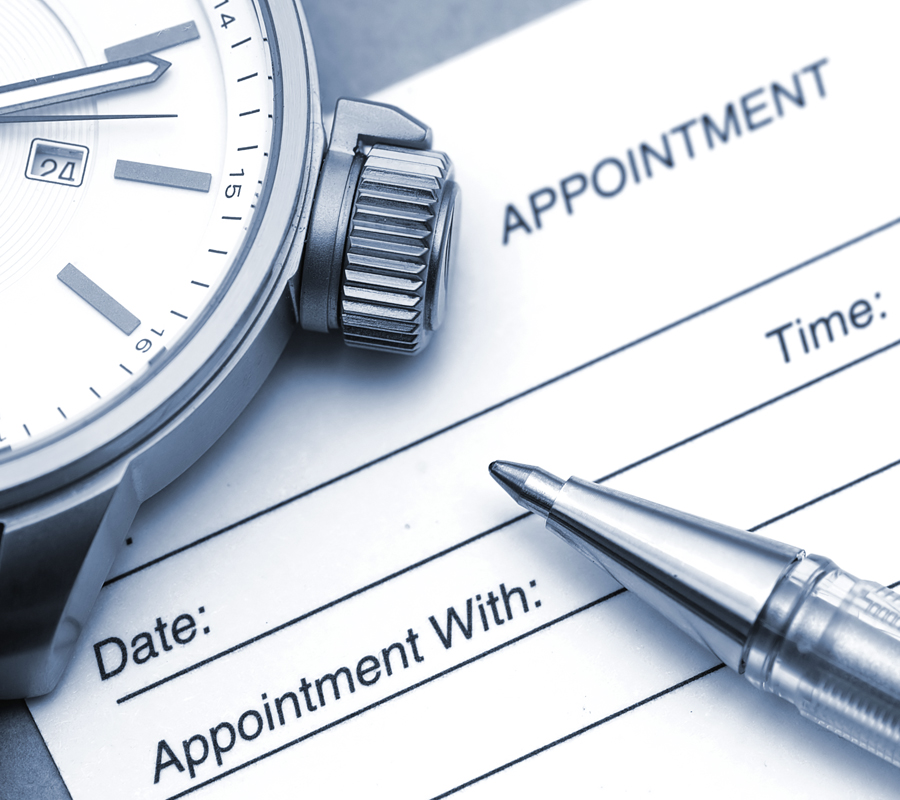The Heart House Vein Center
Frequently Asked Questions
What is the difference between varicose and spider veins?
Varicose veins are enlarged veins that appear twisted and bulging. They are usually swollen and distended past the skin's surface. Varicose veins may appear as bluish bumps and cause varying degrees of discomfort. Spider veins are tiny visible vessels within the skin. They most commonly develop on the face and legs.
What causes varicose veins?
Failure of the one-way valves in veins allows blood to lead backwards causing congestion and enlargement of the vessel. This failure may occur in individual veins themselves; however in approximately 70% of cases saphenous reflux is present. This vein must be treated as well for successful vein treatment. Contributing factors may include heredity, pregnancy, hormonal changes, being overweight, standing or sitting for long periods of time, advancing age or injury to the vein.
What are the symptoms of varicose veins?
Symptoms may include the following: aching or burning in the legs, swelling of the legs or ankles, leg cramps or sores, itching of the skin around the vein, and open wounds such as skin ulcers around the ankle.
Are patients sent to a different office for ultrasound or diagnostic testing to determine if saphenous reflux is occurring in the veins?
Once the doctor meets with the patient, reviews symptoms, and visualizes the patient's vein problems, any required testing is completed at that time by the doctor or ultrasound technician.
What are the treatment options to eliminate varicose veins?
There are many treatment options available for varicose veins. Along with the minimally invasive endovenous laser treatment, there are several more invasive alternatives. They include ligation and stripping, or a phlebectomy. Due to the surgical nature of these treatments, recovery time can be up to four weeks. The potential risks and side effects also are higher with these options.
How is this different from traditional procedures?
-
Past Treatments - Traditional Vein Stripping
- Hospitalization
- General anesthesia
- Scarring from incisions
- Restricted activity
- Lengthy recovery times
- Endovenous Laser Ablation
- In-office procedure
- Tumescent anesthesia technique
- Minimally invasive
- Resume activity immediately
- Long-term success rates: 96-98%
- Ambulatory Phlebectomy
- In-office procedure
- Local anesthesia
- Virtually no incisions/scarring
- Resume activity immediately
- Minimal discomfort
- Maximal cosmetic result
What is the endovenous laser treatment?
The endovenous laser treatment, using the Dornier D940 laser is a safe and highly effective treatment for varicose veins. This procedure is usually performed in a physician's office, typically using a diluted local anesthesia. You can usually return to work the next day, with minimal post-procedure discomfort.
How long will the procedure take?
The procedure usually lasts for about 30 minutes.
Will I have to be treated at the hospital?
No. The endovenous laser treatment is a non-invasive procedure which can be performed in your doctor's office.
How soon after will I be able to walk after the procedure?
You will be encouraged to walk immediately after the completion of the procedure.
Will I be able to resume normal activities following varicose vein treatment?
You can return to work the day after the procedure, unless otherwise instructed by your physician. Other activities, such as walking and light daily activities are possible and encouraged immediately following the procedure. Patients are encouraged not to over-do-it for a couple of days, however being sedentary is discouraged.
Is the procedure painful?
There is a small degree of discomfort during treatment, which patients tolerate very well. All efforts are made by Heart House physicians and staff to provide a calm, relaxing environment.
How soon will it take for my symptoms to disappear?
The symptoms should begin to disappear immediately following the procedure.
Will there be any scarring from the procedure?
No. Due to the small size of the catheter insertion point, most patients do not experience any scarring at all.
What are the consequences of avoiding treatment for varicose veins?
Varicose veins are normally a progressive problem; however they are not life-threatening. Some patients notice the veins increasing in size over the years. Left untreated, this increase in pressure can progress to leg pain and aching, swelling of the ankles and legs, skin discoloration and breakdown, poorly healing wounds and complaints of "heaviness" or "tired" legs.
How will you treat my spider veins?
Laser treatments are utilized in combination with sclerotherapy. This achieves desired results in the least amount of time, reducing the amount of sessions required for patients. During laser treatment, the laser is applied to the skin over your spider veins. Laser energy causes the veins to close and shrink. Sclerotherapy involves injecting a liquid agent through a tiny needle directly into any feeder veins that may be contributing to a spider complex, causing contraction and collapse.
Will insurance pay for spider vein treatments?
No. Spider veins is considered cosmetic and deemed an out-of-pocket expense by insurance companies.
Is the endovenous procedure covered by my insurance?
Yes. Most insurance companies cover the procedure to treat varicose veins for patients experiencing symptoms. Insurance companies are attracted to the fact that our procedures eliminate the need for hospitalization, general anesthesia, and lengthy recovery time, which are seen with more invasive procedures. Your physician can discuss your eligibility with you when discussing your treatment plan.
Will I be able to resume normal activities following spider vein treatment?
Yes. There is no downtime. Patients can immediately resume work and almost all normal activities.
Contact Us

Please get in touch to learn more about the Heart House Vein Center. Schedule an appointment today to discuss the best vein treatment options for you.
